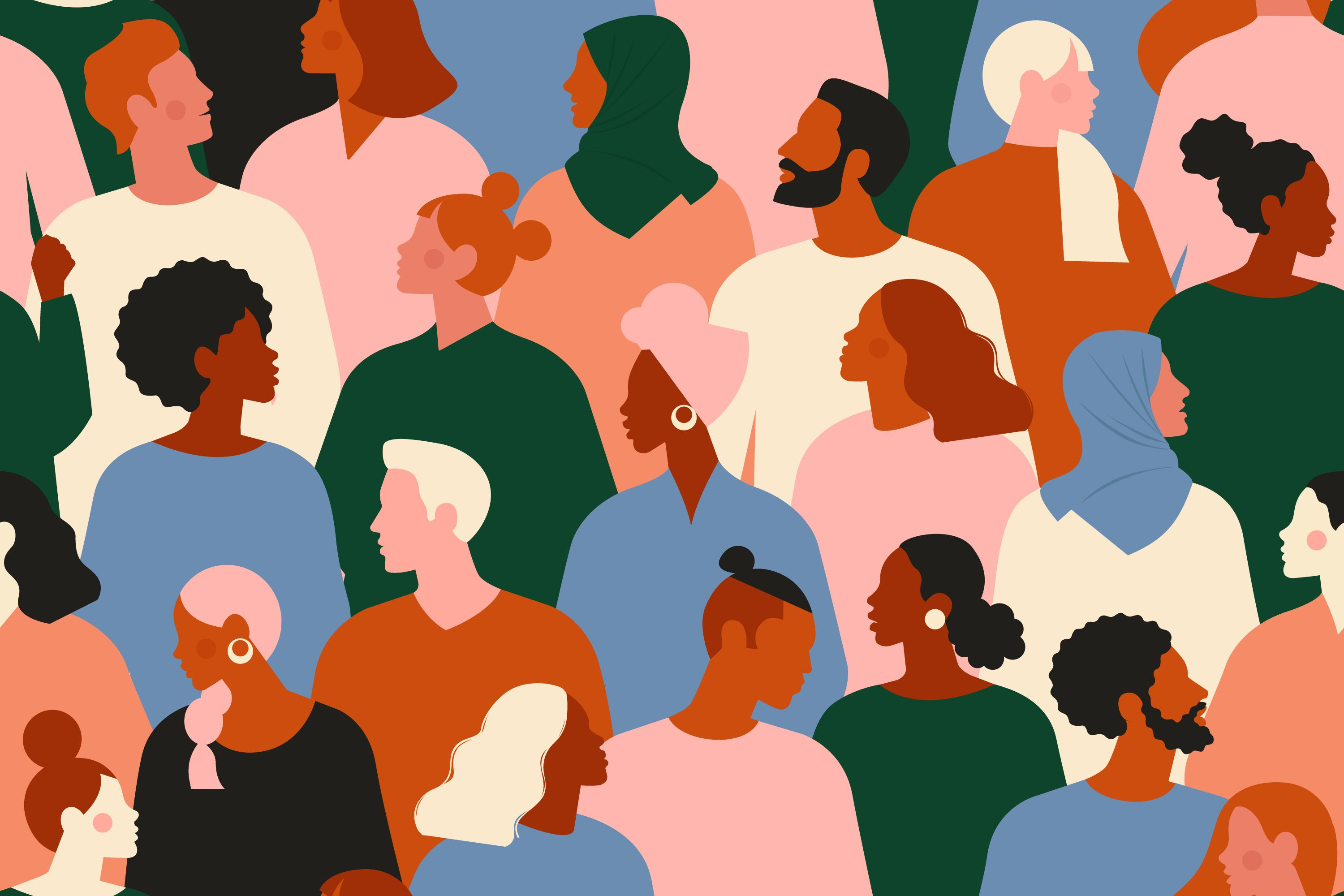At present, generative artificial intelligence (genAI) programmers are tasked with working to eliminate algorithmic bias against women and racial minorities in their creations. However, even if the algorithms themselves become more equitable, the outcomes of using genAI could vary significantly depending on a worker’s race, sex, or age. A new study out from job listings site Indeed’s Hiring Lab today suggests that genAI might not affect all of these brackets equally—but that may be because members of each demographic tend to work in different fields.
The report is a mouthful, entitled “Indeed’s AI at Work Report: The People Behind the Jobs GenAI is Most- and Least-Poised to Change—a Look at Age, Gender and Race.” It’s the latest in a series of studies called “AI at Work” that Indeed commissioned to gauge genAI’s potential impact on a wide variety of fields. So far, AI at Work has touched on how genAI could create jobs, as well as how genAI could affect existing jobs. This latest study is the company’s first foray into the tricky topic of demographics.

To conduct its research, the Hiring Lab asked ChatGPT to rate itself as “poor,” “fair,” “good,” or “excellent” at the job skills required in a number of different fields represented in Indeed’s job listings. The company then cross-referenced this assessment with demographic data from the Bureau of Labor Statistics to determine how effectively genAI might complement workers in any given field.
In terms of race, Indeed found that workers of Asian/Pacific Islander (AAPI) ancestry are the likeliest to have “high exposure” to genAI technology: 21.5%, as opposed to 12.9% for the next-highest demographic group, White workers. Conversely, Hispanic workers had the highest percentage of “low exposure” jobs, at 42%.

Join us at TE23 in Lake Nona, FL, as we dive into AI development’s opportunities, threats, and challenges. From healthcare to agriculture, government to climate, transportation to finance, our expert speakers will delve into how AI will revolutionize every industry. Request an invitation.
In every case, the majority of workers fell into the “moderate exposure” to genAI category, although these numbers varied a bit: 50.9% for Hispanic workers, 54.1% for AAPI workers, 57.2% for Black workers, 58.5% for “other” workers, and 61.2% for White workers.
When measured by sex, the differences in genAI exposure seemed less extreme. Men were slightly more likely than women to work at jobs with “high exposure” (12.6% vs. 11.2%) and “low exposure” (32% vs. 27.1%), while women were more likely than men to work at jobs with “moderate exposure” (61.6% vs. 55.4%). However, the study also concluded that both sexes tended to work in jobs where genAI rates itself as either “poor” or “fair,” which is perhaps why “moderate” and “low” exposure were so notable for both groups.
Different age brackets also had significant variance in the “high exposure” and “low exposure” categories. Indeed determined that workers aged 16 to 24 had a “high exposure” rate of just 5.6% and a “low exposure” rate of 38.4%. Compare and contrast to 25-54-year-olds, who had a more than double “high exposure” of 13.4%, and a “low exposure” of 28.2%. Fifty-five-plus-year-olds had a “high exposure” of 11.5% and a “low exposure” of 29.1%.

However, Indeed stressed that these numbers are not inherent to any race, sex, or age difference. Rather, different demographics tend to work in different fields, and genAI will affect some of these fields much more than others. To take an easy example, 16.3% of 16-24-year-olds work in food service, which is a “poor” fit for genAI, as compared to 3.7% of 25-54-year-olds.
Indeed did take pains to point out that, while it can predict general trends, it can’t comment on what any particular worker’s situation will look like within the next few years.
“It is important to note that any average will fall well short of a complete picture of the impact of genAI on individual workers,” the study observed. “Any individual worker is no more or less exposed simply because of their race/ethnicity (or age or gender).” The company also acknowledged the need for companies to be proactive about AI integration, rather than allowing racial, sexual, or age-based inequalities to continue.








